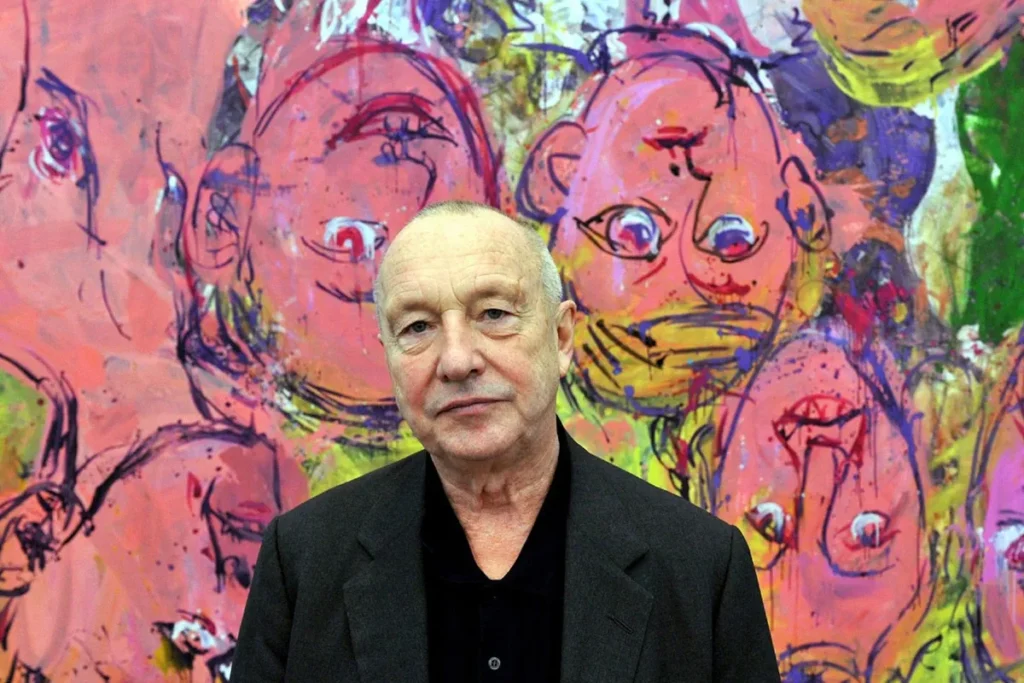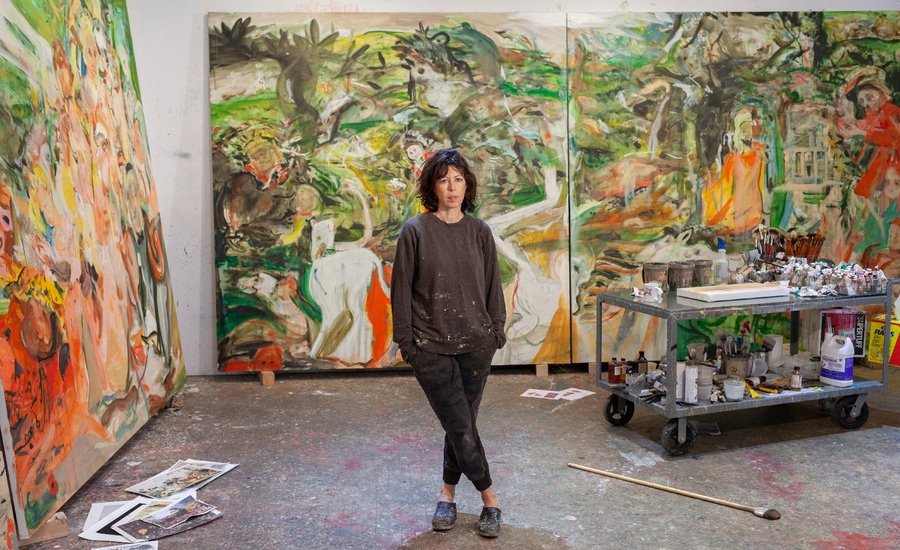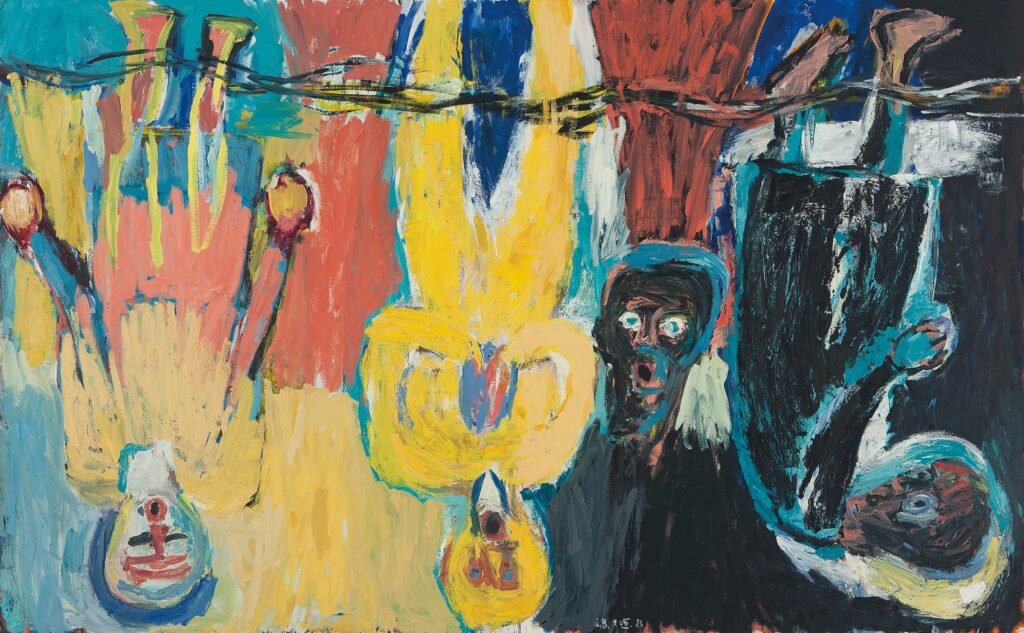The late 20th century witnessed the return of raw emotion in art with the emergence of Neo-expressionism. In contrast to the conceptual coldness of the previous decade, this movement reignited the power of gestural painting, symbolism and the human figure. Its works express urban anxieties, unconscious impulses and social tensions with an intensity that still resonates in contemporary art.
With vigorous brushstrokes, intense palettes and chaotic compositions, Neo-expressionism brought back the freedom of subjectivity in visual art. Alongside prominent names such as Jean-Michel Basquiat, Anselm Kiefer and Julian Schnabel, the movement also influenced graphic aesthetics, fashion and the global art market.
Neo-expressionism: Radical Expression in a Chaotic World
Neo-expressionism emerged in the late 1970s as a direct response to the rigidity of minimalism and conceptual art. Although it was born simultaneously in Europe and the United States, the movement maintained a strong identity in each context. In Germany, artists like Georg Baselitz and Anselm Kiefer explored the historical weight of post-war trauma. In the United States, Julian Schnabel and Jean-Michel Basquiat drew from urban culture, street art and hip-hop as sources of visual energy.

Neo-expressionist artworks are marked by intense colors, spontaneous strokes and existential themes. The human figure often appears distorted, in pain or conflict, drawing influence from original German Expressionism but also from the accelerating fragmentation of modern life.
According to the study Neo-Expressionism and the Modern Turn, by the University of Chicago, published in 2021, the movement was essential in bringing traditional painting back into museums and galleries at a time when digital and conceptual art dominated. The study notes that the return to physical expression on canvas was seen as a protest against the emotional detachment of conceptual art.
This untamed energy captivated the art market. Neo-expressionism quickly became a commercial phenomenon, with young artists reaching million-dollar valuations. This reignited the desire to buy art that speaks directly to the emotions. Today, many platforms offer options to buy art online, including pieces inspired by the chaotic and sensitive language of this movement.
Neo-expressionist Influence in Today’s Art and Design
The impact of Neo-expressionism has gone far beyond the 1980s. Its marks are still visible in contemporary painting and visual design. Many current artists, such as Cecily Brown and Daniel Richter, have embraced emotional language, expressive gestures and bold color dynamics.

Furthermore, neo-expressionist aesthetics can be found in advertising, album covers, street fashion and digital exhibits. The visual chaos and layering of elements directly reflect the hyper-image culture of today’s fast-paced world.
According to the study Expressionistic Aesthetics in Digital Culture, by New York University, published in 2022, neo-expressionist elements are being adapted by graphic designers and digital creators as a way to evoke authenticity and emotion. This influence is evident even in interior decoration trends, where bold canvases are used to convey strength and individuality.
When people look to buy art, especially online, they’re not just seeking beauty — they’re looking for intensity. The best place to buy art is now often defined by how deeply a work can connect emotionally. Neo-expressionism, with its chromatic power and visceral energy, continues to deliver exactly that.



